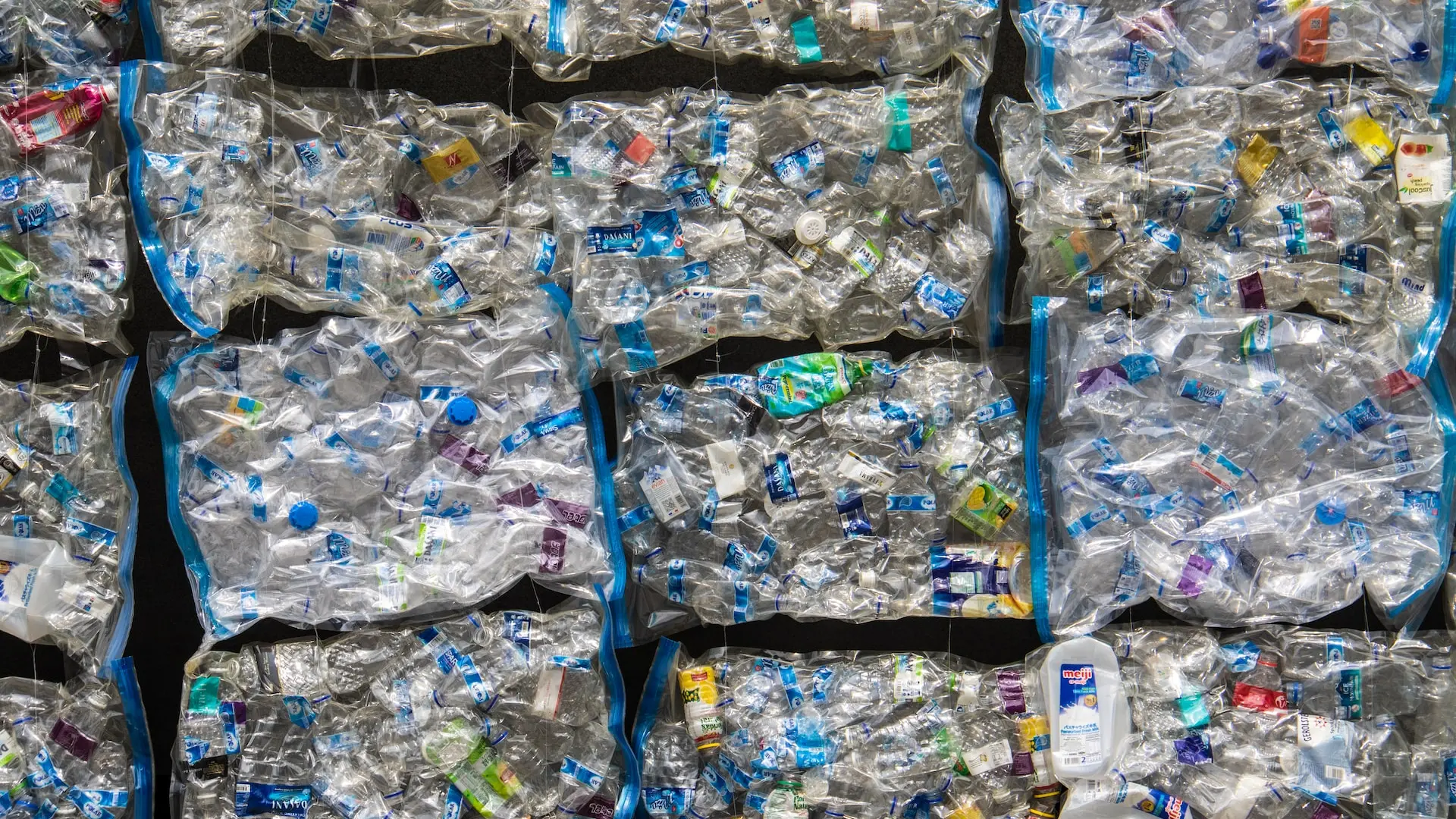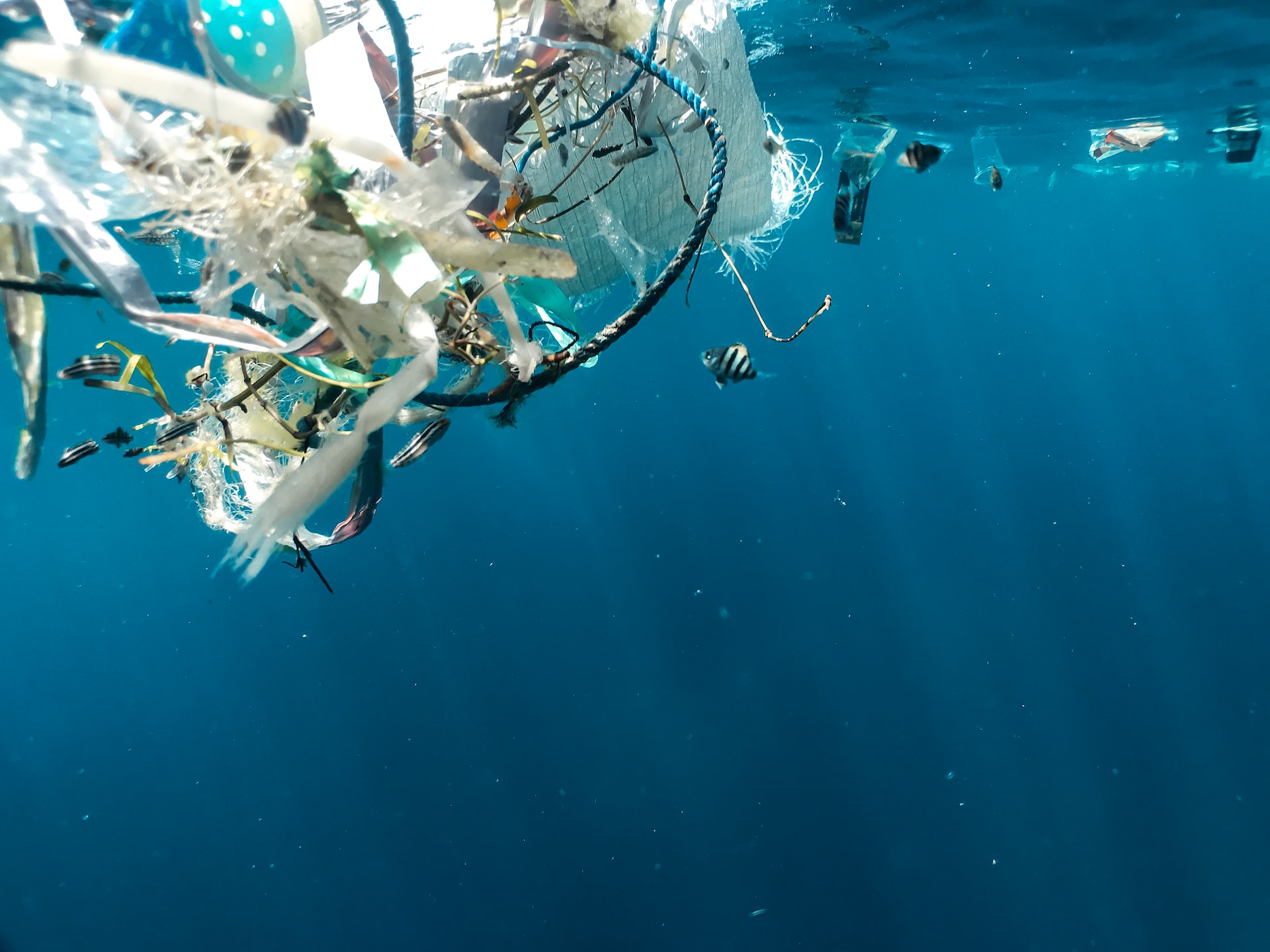In a world that is increasingly paying attention to sustainability, the recycling of plastic bottles plays a crucial role. In China, this trend is being taken to the next level with the transformation of PET bottles into recycled PET (rPET), resulting in a range of innovative and environmentally friendly products. In this blog we dive into the process of recycling plastic bottles in China and explore some fascinating products made from rPET.
The importance of PET recycling
Polyethylene terephthalate, better known as PET, is a type of plastic commonly used for the production of beverage bottles and food packaging. Recycling PET bottles is vital for reducing environmental pollution and saving natural resources. By converting PET bottles into rPET, China can not only reduce waste but also create new economic opportunities.

The process of plastic bottles from PET to rPET
Recycling PET bottles in China starts with collecting and sorting waste. The bottles are then cleaned and processed into small pieces of plastic, which are further converted into high-quality rPET raw materials. This material is then used for the production of various products, ranging from textiles to packaging materials.
Examples of rPET products
- Textiles and clothing: rPET is a popular choice for the production of sustainable clothing and textiles. Many fashion companies now use rPET to make everything from T-shirts to sportswear and accessories.
- Packaging materials: The packaging industry also uses rPET. This includes everything from food containers to reusable bags.
- Furniture and Home Decor: rPET is also finding its way into the interior design industry, where it is used to make carpets, curtains and even furniture.
- Auto Parts: The automotive industry in China uses rPET for the production of various auto parts, which contributes to the durability of the vehicles.
Read also:

How can you recycle ocean plastic?
Read here how you can reuse plastic collected from the ocean in your product.
Read moreThe future of rPET in China
China's commitment to recycling and rPET production shows a clear shift towards a more sustainable and environmentally conscious society. As technology advances and global demand for sustainable materials increases, China will likely continue to be at the forefront of innovative recycling practices.
Conclusion
The transformation of PET bottles into rPET products in China is an excellent example of how recycling can lead to sustainable innovation and economic growth. By investing in these technologies, China is not only contributing to a cleaner planet, but also creating new opportunities for green industries.
Interested in importing sustainable products made from rPET from China?
Contact Westwood Sourcing for more information about how we can help you find the right products and partners in Asia.









